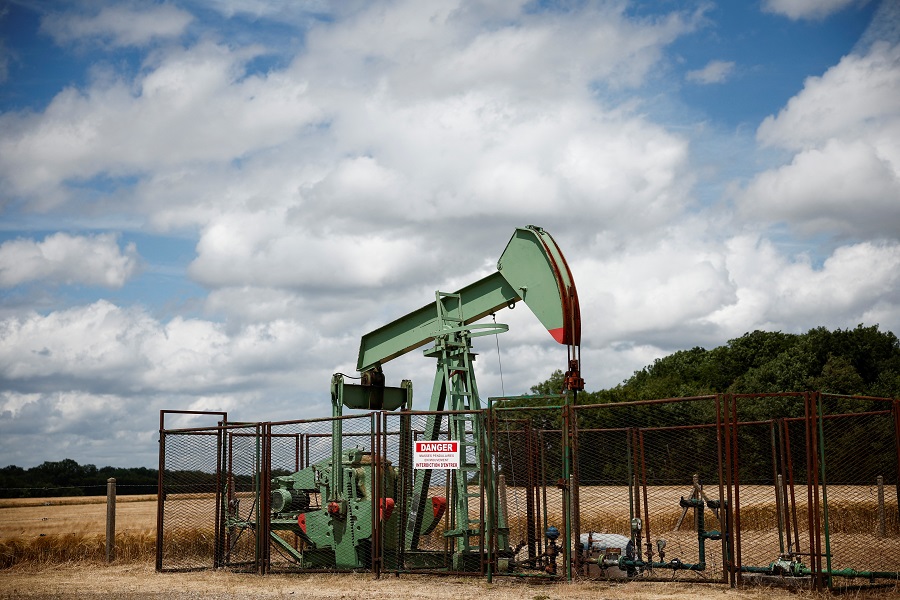
Oil prices extended declines on Monday as the threat of a supply disruption from a U.S. storm eased and after China's stimulus plan disappointed investors seeking fuel demand growth in the world's No. 2 oil consumer.
Brent crude futures dropped 19 cents, or 0.3%, to $73.68 a barrel by 0104 GMT while U.S. West Texas Intermediate crude futures were at $70.13 a barrel, down 25 cents, or 0.4%.
Both benchmarks fell more than 2% last Friday.
Beijing's stimulus package announced at the National People's Congress (NPC) standing committee meeting on Friday fell short of market expectations, IG market analyst Tony Sycamore said in a note, adding that its murky forward guidance hinted at only modest stimulus for housing and consumption.
ANZ analysts said the lack of direct fiscal stimulus implied that Chinese policymakers have left room for assessing the impact of the policies the next U.S. administration will introduce.
"The market will now shift focus to the Politburo meeting and Central Economic Work Conference in December, where we expect more pro-consumption countercyclical measures to be announced," they added in a note.
Oil consumption in China, the world's driver of global demand growth for years, has barely grown in 2024 as its economic growth has slowed, gasoline use has declined with the rapid growth of electric vehicles and liquefied natural gas has replaced diesel as a truck fuel.
Oil prices have also eased after concerns about supply disruption from storm Rafael in the U.S. Gulf of Mexico subsided.
More than a quarter of U.S. Gulf of Mexico oil and 16% of natural gas output remained offline on Sunday, according to the offshore energy regulator.
Looking ahead, uncertainty from policies under U.S. President-elect Donald Trump have clouded the global economic outlook although expectations that he could tighten sanctions on OPEC producers Iran and Venezuela and cut oil supply to global markets partly caused oil prices to gain more than 1% last week.
Oil markets are also being supported by firm demand from U.S. refiners who are expected to run their plants at above 90% of their crude processing capacity on low inventories and improving demand for gasoline and diesel, executives and industry experts said.
